The complete story of Star Wars: Underworld, the George Lucas-led TV show that never was
Looking back through the SFX archives at George Lucas’s adventures in Star Wars: Underworld
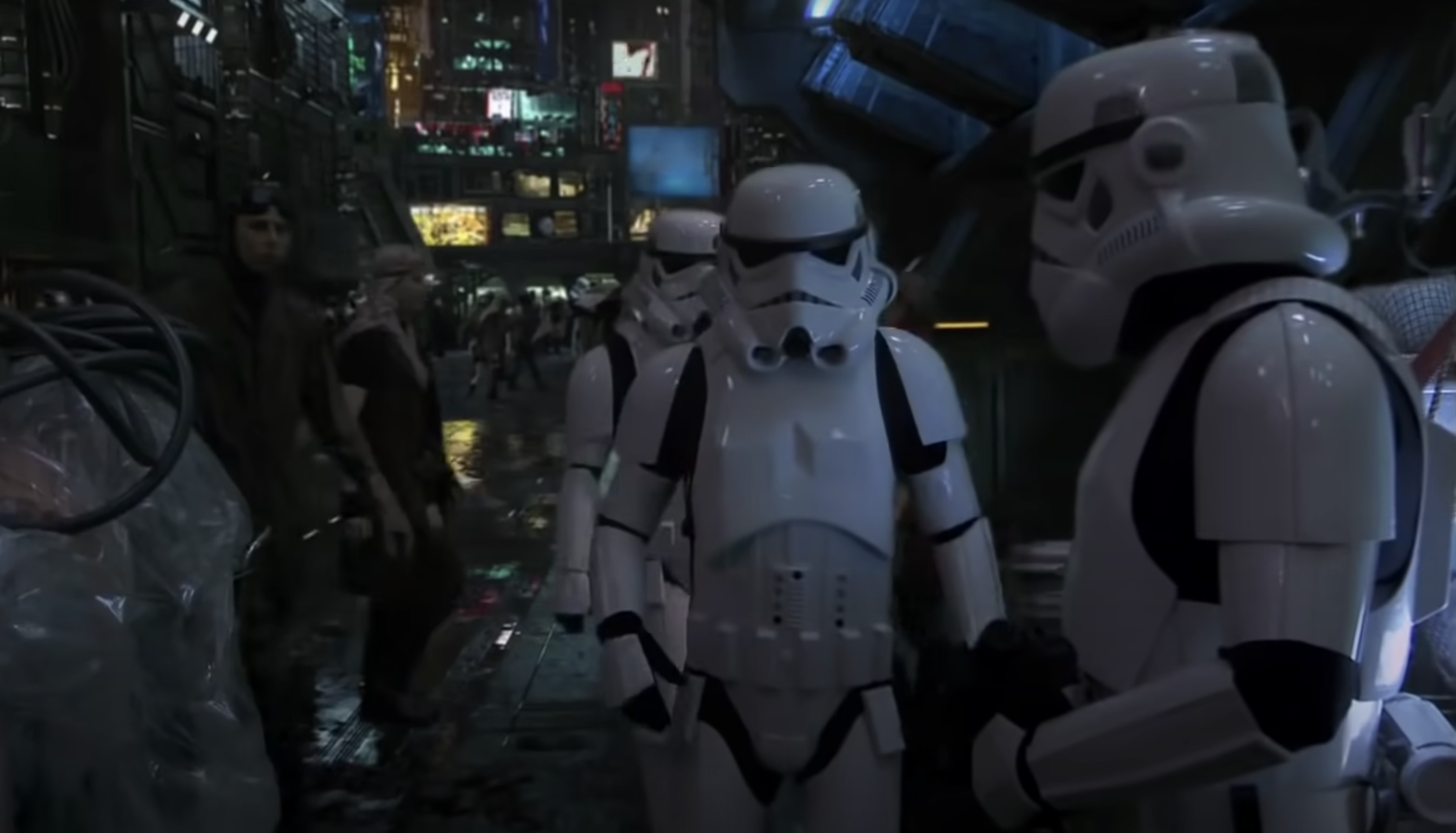
Somewhere around the turn of the 21st century, some Star Wars fans came to believe that George Lucas had lost touch with his famous galaxy far, far away.
While Lucas should have had infinite galactic credits stored away for creating the original trilogy, the faithful felt the direction the prequels took was a betrayal. They hadn’t signed up for tax disputes or a whiny Anakin Skywalker, and they certainly weren’t on board for one of the clunkiest love stories ever committed to the big screen. If they were going to have front row seats for Skywalker Sr.’s turn to the Dark Side, The Phantom Menace, Attack of the Clones, and (to a lesser extent) Revenge of the Sith were not the way they wanted it to happen.
While it’s safe to say the direction Lucas took with Episodes I through 3 wasn’t to everyone’s tastes, however, that didn’t mean he’d dismissed the incredibly vocal generation of older fans who’d grown up on the adventures of Luke, Leia and Han Solo. Weeks before Revenge of the Sith was released in May 2005, Lucas appeared Star Wars Celebration 3 in Indianapolis, and revealed that he was working on a live-action Star Wars TV show. The crowd went wild, not least because this new series promised to be the holy grail – a more grown-up iteration of the franchise that they had been hoping for their entire adult lives.
That show – working title Star Wars: Underworld – got a long way into active development, with writers hired, numerous scripts and character/set designs created, and ambitions of delivering big-screen spectacle on TV. A provisional launch date of 2010 was widely talked about. Yet, the show never made it to the screen, with Lucas putting the project on indefinite hold before production began.
Many fans hoped Disney would resurrect the project when it bought Lucas’s Star Wars empire in 2012, but it wasn’t to be. Instead, strands of Underworld’s DNA can be seen in The Mandalorian, an entirely different series that scratched a similar itch by visiting the darker, more episodic corners of the Star Wars universe.
A decade on from when Underworld was supposed to be released, the Star Wars show that never was has re-entered the conversation: first when leaked test footage appeared online; then again when Battlestar Galactica co-creator/showrunner Ronald D. Moore looked back on his involvement with the project in an interview with Collider. Featuring archive interview content from SFX magazine unseen since it was first published in 2008, this is the story of Lucas’s brief dalliance with the Underworld…
A long time ago...
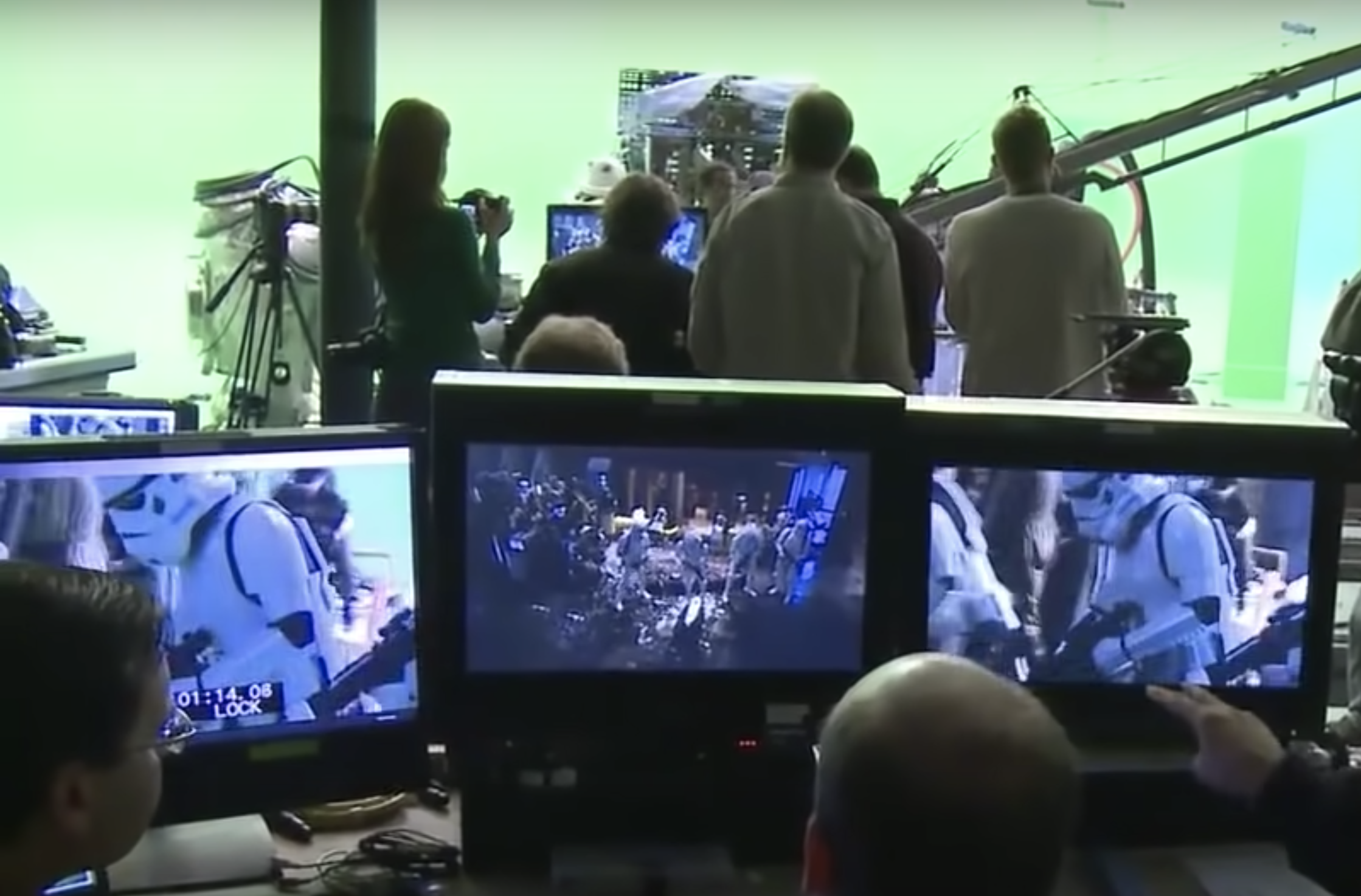
Back then, sci-fi and fantasy weren’t quite the all-conquering behemoth they are now. Any new sci-fi TV show felt like something for geeks to shout about, and with Star Trek off the air and Battlestar Galactica entering its endgame, a new live-action Star Wars TV show was som of the biggest news in our galaxy. Even without Baby Yoda, this would have been the hottest thing on the small screen bar none.
Bringing all the latest movie news, features, and reviews to your inbox
As part of an SFX cover feature about the future of Star Wars – the brand new Clone Wars movie/TV show and the Force Unleashed videogame were also featured – I spoke to Lucas’s long-time producer Rick McCallum about plans for the series.
McCallum was an interviewer’s dream – candid and usually ready with a memorable soundbite. This is a man who, in the intense final stretch of post-production on Revenge of the Sith, cheerfully pointed out that, “This is why alcohol and tobacco were made!” (It’s hard to imagine similar messages coming out of the Disney iteration of Lucasfilm.) While he was cagey when it came to plot specifics, we did learn plenty about what we’d have seen had the show ever made it to the screen.
“[The show is] 20 years of unbelievable shit that’s going on from the end of Episode 3 to the beginning of [Episode] 4, and it seemed like a natural place for us, because the end of [Episode] 6 is really the end of the saga,” McCallum revealed at the time. “There’s this incredible period when Luke is growing up – even though we don’t ever meet Luke in the series – of so much powerful stuff going on, especially in relation to the Empire, how it’s trying to not only extend but also preserve its power base. The Rebels are starting to get themselves together and there’s a whole bunch of characters and new worlds that we want to go to and figure out.”

Here's how to watch all the Star Wars movies in order (chronological and release)
And presumably because – unlike the Jedi – we crave adventure and excitement, he added: “It’s an open playing field to us right now. We want to try and answer all the questions that everybody’s had for the last 30 years.”
While Lucas had used the prequel trilogy to fill in plenty of blanks in franchise canon (some additions welcome, others less so) the 20-year period between the fall of the Old Republic and the Rebels obtaining those all-important Death Star plans was still an unexplored area in the Star Wars timeline. But instead of being hung up on the details – such as, say, how Leia rose through the political ranks of the Galactic Senate, or what Obi-Wan Kenobi long, sandy exile on Tatooine was like – Underworld would have zeroed in on the morally ambiguous criminal hinterland of Coruscant, the Imperial capital. So would it have been fair to call the show’s setting a seedy underworld?
"Seedy and underworld are two very good things that I didn’t tell you, but yes, I think you can run with those!" McCallum responded. "Tonally the series is so different from the six movies. It’s so much darker and much more dangerous, and it’s so much more convoluted because it has to do with families in a much more provocative way. It’s a much more adult story. It’s not a kids’ story anymore.
"The shows we aspire to are The Sopranos, The Wire, Battlestar Galactica, Deadwood, all of that group,” he added. “Obviously, it’s in the Star Wars context, but this world is a much more interesting place, I think, than the films could ever go to. It’s totally character-based. We can get to levels of character development we never could in the feature films."
As for who’d appear in the show, McCallum admitted that bounty hunters were “definitely a major element” and that “other than probably Boba Fett, everybody else is characters you’ve never seen before”.
With the benefit of hindsight, however, it appears that – like many of the truths we cling to in Star Wars – the accuracy of that last statement depends greatly on your point of view. If McCallum was suggesting that Boba Fett was the only principal character we’d recognise – and the fact that the aborted Fett-starring Star Wars: 1313 videogame was reported by Kotaku Australia to have begun life as an Underworld tie-in seemingly emphasises the bounty hunter’s importance – then fair enough.
But a 2015 interview with Battlestar Gallactica's Moore (again with Collider) suggests that Darth Vader himself would have cameoed in the show. “Trust me, one of the great experiences of my life was sitting in a room with George Lucas and arguing with Darth Vader,” Moore revealed. There were also rumours that Chewbacca, Han Solo, Lando Calrissian and even the Emperor could have appeared in some capacity.
Underworld and beyond
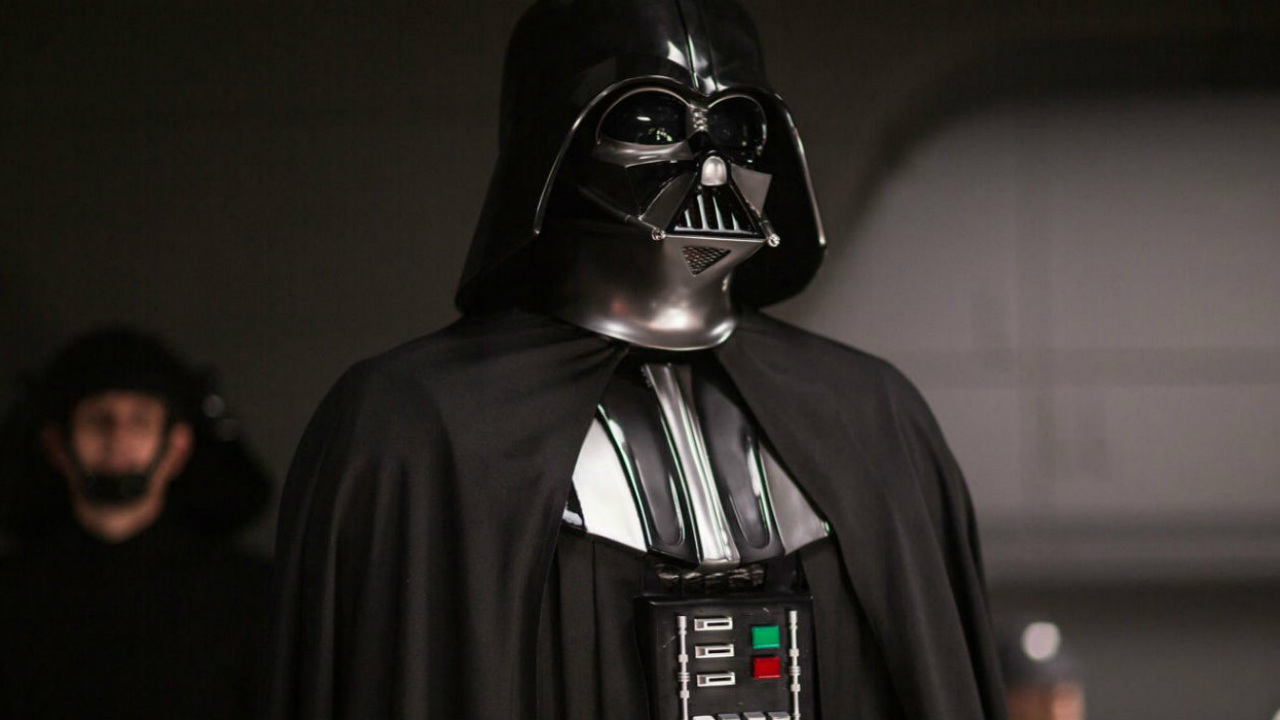
Star Wars: Underworld wasn’t just being lined up as some brief, one-off mini-series. It was designed to have the potential to run and run – people were talking about 400 episodes’ worth. “I’m not sure that physically or mentally I could live that long to be able to do it,” McCallum admitted, “but it certainly would be a dream.”
By the time the plug was pulled on the show, up to 50 scripts had reportedly been produced by a writer’s room assembled from the crème de la crème of genre-scripting talent. While McCallum was tight-lipped about their identities at the time – “I have two writers from England, three from Australia, and one or two from the United States,” was all he’d divulge – SFX journos learned a few from other, off-the-record sources.
Like Moore, they were exactly the kind of talent you’d want on a show like this. Russell T. Davies – then showrunning Doctor Who – was also approached, as he revealed in his 2008 production diary, The Writer’s Tale. “The other day (I didn’t tell you this), my agent got a call from George Lucas’ people,” he said. “Apparently, Lucas is in London and he wants to meet me about writing for his new Star Wars TV series! But I said no. Well, I can’t go to London, I haven’t the time, and Lucas didn’t exactly beat a path to Cardiff, so he can’t be that interested. Mind you, they really want a UK writer, apparently. When I find out who it is, I won’t be snooty; I’ll just be jealous.”
Intriguingly, the writing team weren’t just asked to create a pared-back version of Star Wars that was simple enough to function on a regular television budget. Instead, Lucas wanted the TV episodes to feel as if the epic production values of the movies had simply been transferred to the small screen. “At the time, George just said, ‘Write them as big as you want, and we’ll figure it out later,’” Moore said in his recent interview with Collider. “So we really had no [financial] constraints]. We were all experienced television and feature writers, so we all kind of knew what was theoretically possible on a production budget. But we just went, ‘For this pass, okay, let’s just take him at his word just to make it crazy and big.’ There was lots of action, lots of sets, and huge set pieces. Just much bigger than what you would normally do in a television show.”
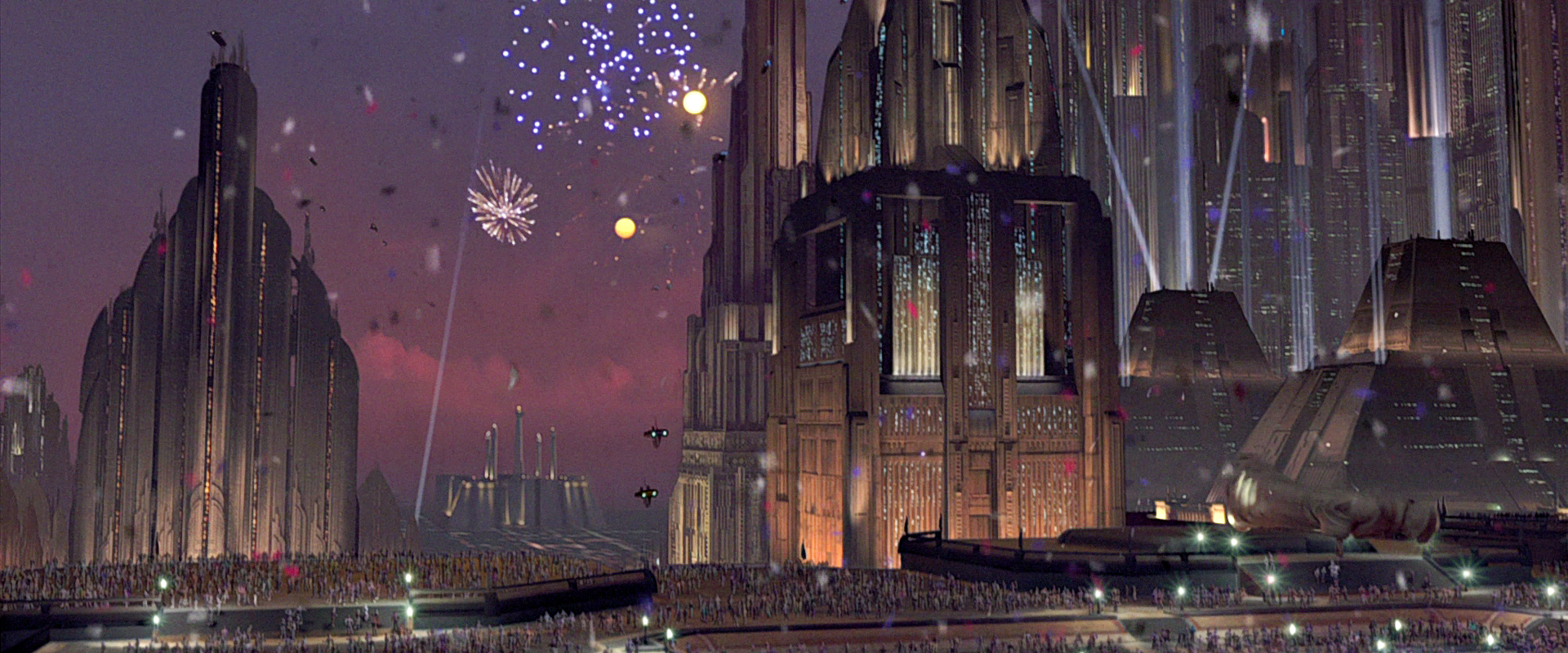
This sentiment was echoed by what McCallum told us back in 2007. “We’re going to try and make these little suckers on a TV budget,” he said, “but make them look like they could fit right into the lexicon of all the films so that they have the same production values, animation and everything else. That’s the next challenge for us.
“The movies take three and a half years to make, there’s so much money that’s invested, they take so much time,” he continued. “The thing about the TV series is you can make a mistake, and you can fix it by the next week. There’s not as much pressure, there’s not as much drama attached to it, there just aren’t the same kind of risks. That means you can do things that you’d never do in feature films like Star Wars, which allows you to be much more dangerous in terms of the subject matter, in terms of the character – you can experiment a lot more. But we’ll always have an action element in it, because everybody’s got to get from one place to another.”
Another aim of Star Wars: Underworld was to put together a pipeline for making TV more cost-effectively than was the norm at the time, building a talent base of exciting young filmmakers, and eventually using the techniques the show pioneered to make feature films more cheaply.
“I think this is the beginning for us, not the end,” explained McCallum. “I think if we get the series right, if we get the right tone on it and it’s exciting, we’re able to deal with the technology and really push what you’re able to see on television an extra leap forward, I think it can be absolutely fantastic. This could go on forever if we get it right. Trust me, if you like this one, this will be the be all and end all of Star Wars.”
Except it wasn’t...
The Disney deal
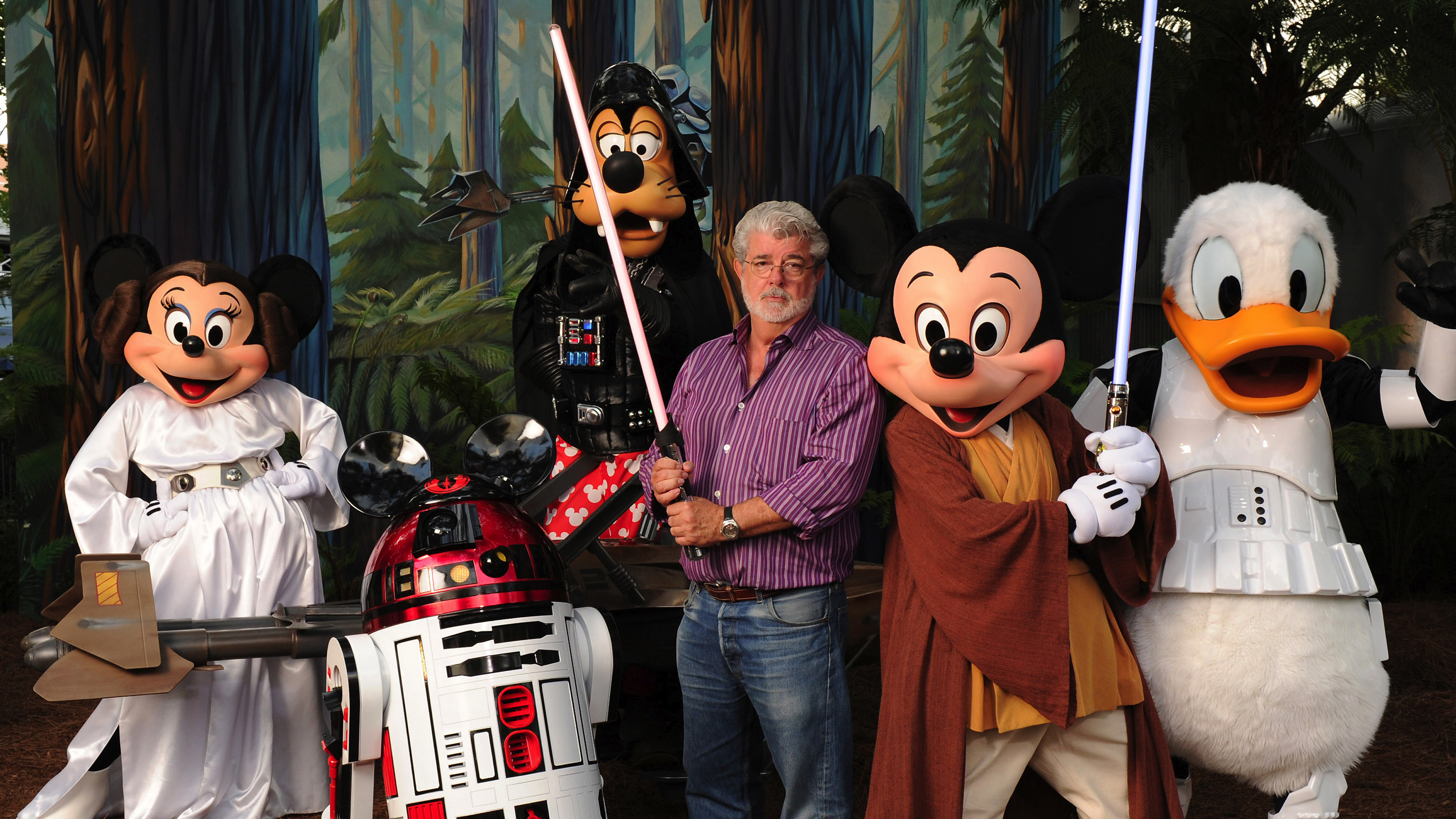
In 2008, McCallum told us he was hoping to launch the show “somewhere mid-2010, though we’ll start shooting either by June or maybe September/October 2009”. That clearly didn’t happen, but why?
In the end, Star Wars: Underworld was defeated by economics and timing. At the time Lucas put the show into carbon freeze, he didn’t feel that filmmaking technology was yet at the point where he could deliver the necessary production values on a broadcast or cable TV budget.
“[The show] sits on a shelf,” he told Attack of the Show (via Movieweb) in May 2011. “We have 50 hours. We are trying to figure out a different way of making movies. We are looking for a different technology that we can use, that will make it economically feasible to shoot the show. Right now, it looks like the Star Wars features. But we have to figure out how to make it at about a tenth of the cost of the features, because its television. We are working toward that, and we continue to work towards that. We will get there at some point. It's just a very difficult process.
"Obviously, when we do figure this problem out, it will dramatically affect features, because feature films are costing between $250 to $350 million. When we figure this out, they will be able to make a feature film for $50 million.”
But Lucas never did figure it out and, less than 18 months later, in October 2012, he sold Lucasfilm to Disney in a multi-billion-dollar deal. That wasn’t necessarily the end of the story – Paul Lee, entertainment president of Disney-owned TV network ABC, told Entertainment Weekly in early 2013 that the Underworld TV show was “definitely going to be part of the conversation” – but ultimately they decided not to go ahead.
And Disney almost certainly never will. After all, Star Wars Rebels and Solo: A Star Wars Story have now established their own canon in the proposed Star Wars: Underworld time period, while there’s loads of thematic crossover with Disney Plus hit The Mandalorian. Yes, it’s based on a completely different premise, and operates in a different, post-Return of the Jedi time period, but it’s unlikely Disney would want two shows about bounty hunters – especially if both featured Boba Fett.
Ironically, if Lucas wasn’t quite so ahead of his time, Star Wars: Underworld may have stood a chance. Not only would a few more years have given technology a chance to catch up with his vision – just look at the CG magic that’s now possible on The Mandalorian – but television itself would have been in a very different place.
Lucas had already mothballed Star Wars: Underworld by the time Game of Thrones launched in 2011, transforming the cable landscape by bringing movie-scale production values to TV on a weekly basis. And it wasn’t until 2013 that Netflix got into original programming with House of Cards, launching the streaming giants’ assault on the small screen. Now, with The Witcher on Netflix and Amazon ploughing insane amounts of money into a Lord of the Rings spin-off, the ambition of Star Wars: Underworld doesn’t seem quite so outlandish.
But, unless it turns up in the form of a Marvel comic, we’ll never know what Star Wars: Underworld could have been. It’s one of the great ‘what if’s of that famous galaxy far, far away…
Richard is a freelancer journalist and editor, and was once a physicist. Rich is the former editor of SFX Magazine, but has since gone freelance, writing for websites and publications including GamesRadar+, SFX, Total Film, and more. He also co-hosts the podcast, Robby the Robot's Waiting, which is focused on sci-fi and fantasy.


